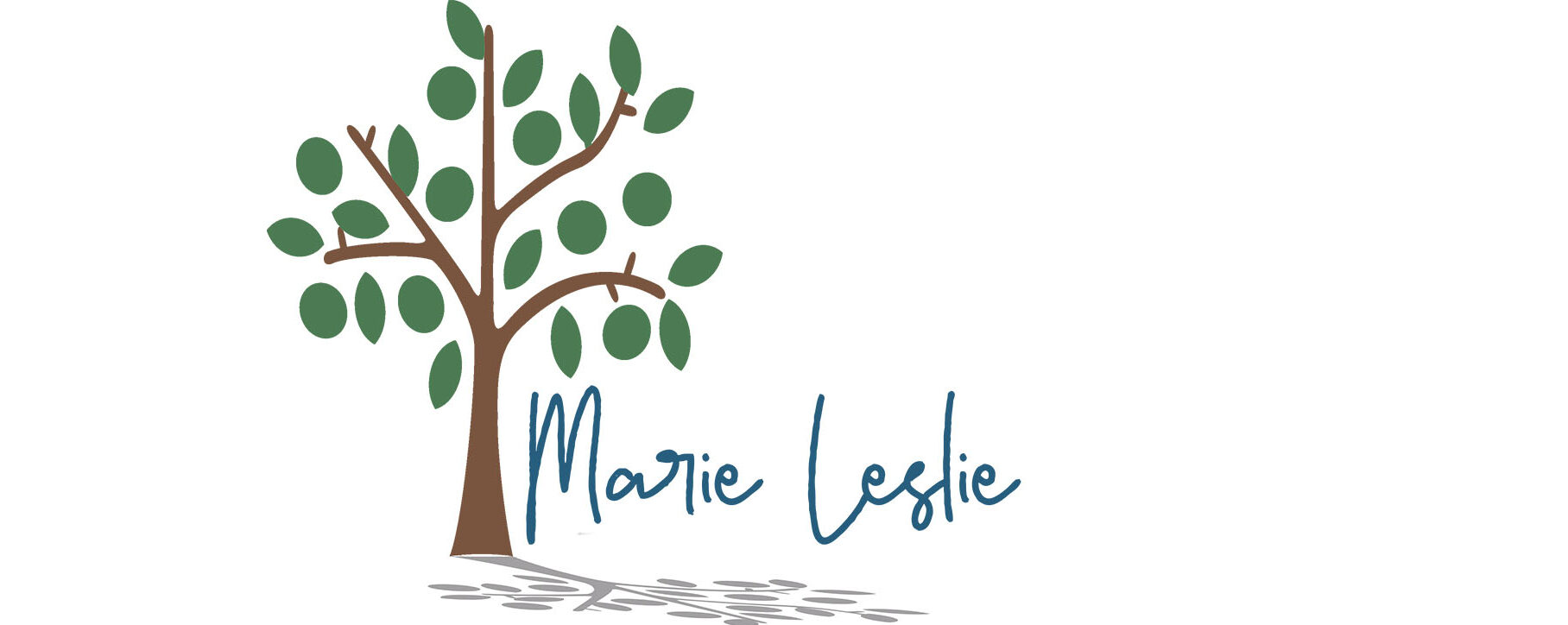The 3 P’s of Successful Public Speaking
Are you one of the many people who is terrified of public speaking or are you one of the few who knows the benefits of it?
Public speaking is said to be one of the most feared activities in life. According to Wikipedia, 75% of the population experiences anxiety or nervousness when speaking in public. So, if giving a speech or lecture makes you break out in a cold sweat, you are clearly not alone.
“According to most studies, people’s number one fear is public speaking. Number two is death. Death is number two. Does that sound right? This means to the average person, if you go to a funeral, you’re better off in the casket than delivering the eulogy.”
~Jerry Seinfeld
Personally, I love public speaking. I know this makes me strange in the eyes of many, but please don’t hold it against me. I started speaking publicly when I was very young–probably too young to know I was not supposed to enjoy it. I remember giving my first public talk in Sunday School when I was in first grade. My father helped me prepare and make notes in 3 x 5 cards. And he sat in the back of the room to “cheer me on.” And I was hooked.
Public speaking doesn’t have to be a nerve-wracking experience. In fact, speaking and presenting can help you build your business. But before you can become a successful public speaker you need to overcome your fear by following these three simple steps: Prepare, Practice and Present.

Prepare
When you agree to speak, start by doing your homework. How large will your audience be? How long are you to speak? What type of presentation is expected? The more you know, the easier it will be to prepare.
Write and create your presentation well in advance. Waiting until the last minute won’t make it easier and will create additional stress. Preparing well ahead of time will not only give you more time for the next step, practice, it will also help relieve your anxiety.
And keep those presentations you’ve prepared on file. Should you ever be presented with a last-minute opportunity, you’ll already have something prepared, and won’t be so stressed.
Stop thinking about yourself and focus on your audience. As you prepare, consider: What does my audience need? Why are they here? How can I help them? Focusing on your goals and their needs will help shift your perspective.

Practice
Practice, practice, practice. Know your presentation upside down, inside out and backwards. Don’t memorize your speech—and don’t read from a script. Once you know it well, you can use an outline with your key points highlighted to help you stay on track. Here are some additional public speaking practice tips from Toastmasters International.
If you are using a slide presentation, don’t read it. Make your visual aids just that—aids. Use them to provide engaging illustrations and brief highlights, and then talk about your subject with your audience.
Arrive early. Running late and being rushed only increases stress and anxiety. Arriving early gives you a chance to see where you’ll be speaking, get comfortable with the space, meet and talk to a few people, and find a quiet spot to take a few deep breaths and calm yourself before you start. If you’re going to be using visual aids, like videos or slides, make arrangements to test your equipment before the room is full.
Arriving early can also give you time for a last-minute read through which may help boost your confidence and calm your nerves.

Present
It’s show time. You’ve prepared well and practiced until you know your presentation better than you know the alphabet. Just a few more tips to help you nail this one.
First, all those people in the audience—well, most of them—are just happy it’s you up there and not them. They came to see you succeed. They’re on your side and they’re rooting for you—so relax and roll with it.
Next, don’t make too much of audience expressions. People make weird faces—don’t interpret them as anything more than that. Accept that sometimes your audience will look funny and move on. Snoring may be a different story, however. . .
Finally, engage your audience—don’t talk at them, talk with them. Ask for questions and answer them. More interesting, less boring. You’re not performing, you’re conversing. Are you nervous when you’re conversing with your friends? This should feel the same way. It may not the first few times, but with practice it usually gets easier and less uncomfortable.
Keep your focus on your purpose and your audience. The more you think about them, the less time you have to think about yourself and how much you don’t want to do this. By the way, a few butterflies are good. But just a few–They are there to remind you that this is important to you.
By putting these three P’s into practice, you can overcome your fear of public speaking and become a successful public speaker.
What has your experience with public speaking been? Do you love it? Or do you dread it? And do you have any advice to share with us?







